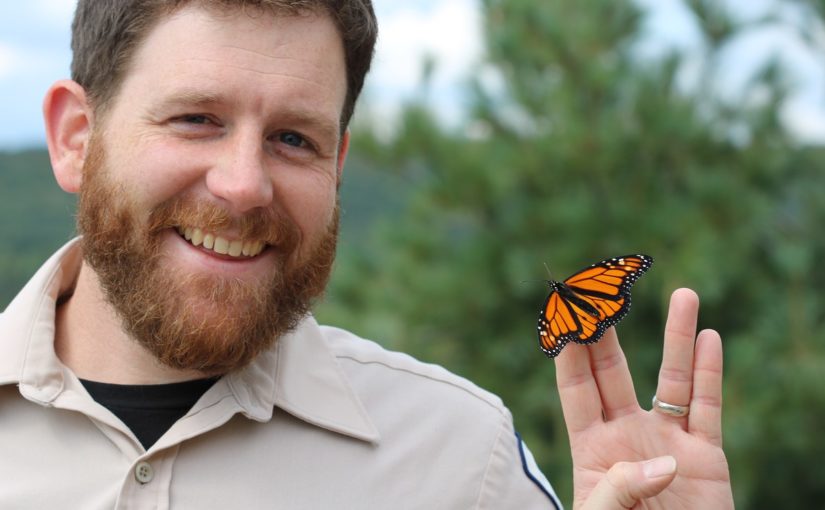Preserving ecological integrity is a priority for all of us here at Ontario Parks. But just what does ecological integrity look like? Algonquin Provincial Park Naturalist David LeGros explains…
When I start many of my evening programs at Algonquin, I often ask the audience if they like nature.
Usually I get a lot of hands up in the air, but there are always a few that don’t put their hands up. I tell those people, “You might be in the wrong place, because Algonquin is crawling with nature.” I know these folks may have not been paying attention to what I was saying or chose not to participate in my survey, but it always gets a laugh from the crowd.
However, this did get me thinking about why we go to parks over staying home or visiting a big city…
We are here to spend time in a natural environment, to explore, relax, and have fun with family and friends.
In black and white
At Ontario Parks, maintaining healthy, natural and functional ecosystems is a priority for us – it is even written into our legislation:
Ecological Integrity (EI) is “a condition in which biotic and abiotic components of ecosystems and the composition and abundance of native species and biological communities are characteristic of their natural regions and rates of change and ecosystem processes are unimpeded. 2006, c. 12, s. 5 (2).”
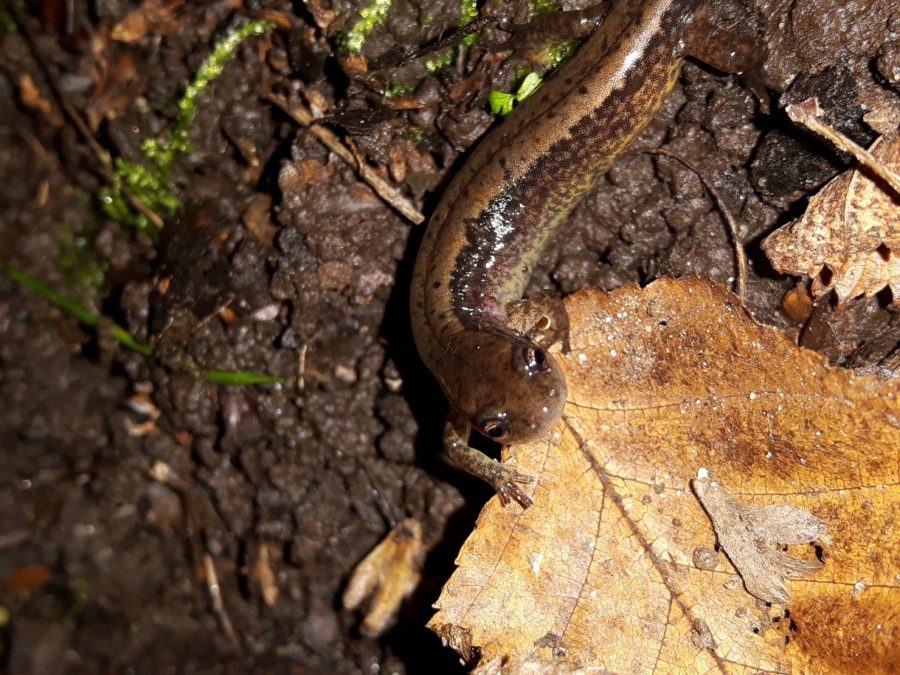
Sounds okay, but what does that really mean for our favourite parks?
Well, it’s complicated and different in each park, but essentially our commitment to ecological integrity means we are working hard to maintain or restore the natural-ness of your favorite parks.
EI, EI, no
Ecological integrity might be a difficult and shifting thing to put your finger on.
It is often easier to spot where ecological integrity needs help: a mowed lawn with only a couple kinds of plants (often non-native species) living in it, or a stream that’s been diverted into a concrete-lined underground bed where natural vegetation and fish cannot live.
In short, the ecological integrity of a place, is the wholeness of that place.
It is the way it was meant to be, as much as it possibly can. A nearly whole and natural place means that it is a good place to explore, for wildlife to live, and it exists whether we are there or not.
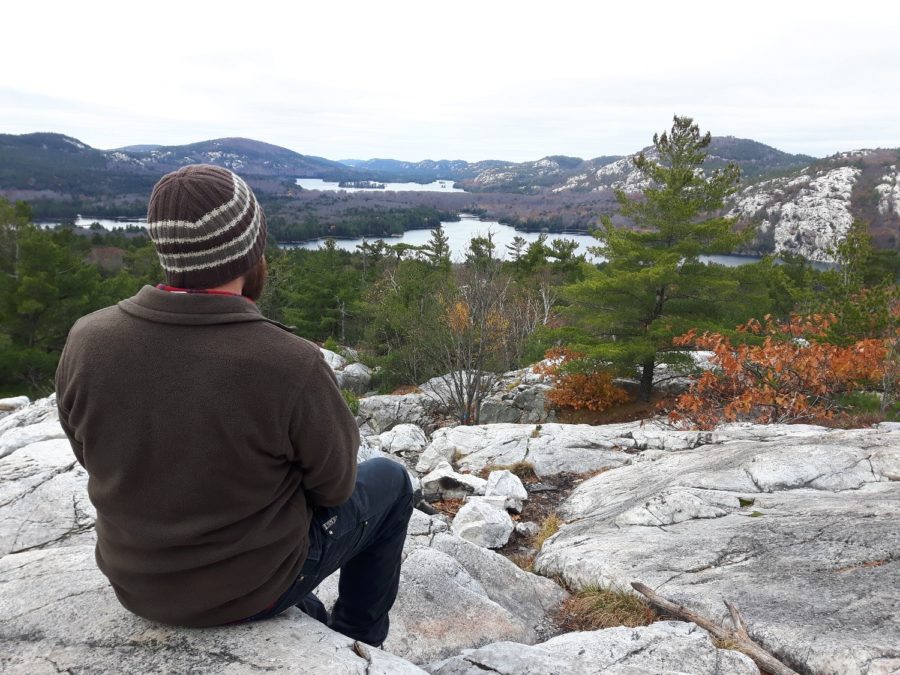
In the first half of the 21st century, a pioneer of conservation and ecology named Aldo Leopold wrote a great deal on the subject, including The Sand County Almanac (1966).
This whole essay could just be reflections on some of his powerful quotes, but this one hits hard:
“A thing is right when it tends to preserve the integrity, stability, and beauty of the biotic community. It is wrong when it tends otherwise.”
What happens when we lose ecological integrity?
It’s happening all around us. A loss of pollinators and flying insects leading to reduced plant community health and less food for birds.
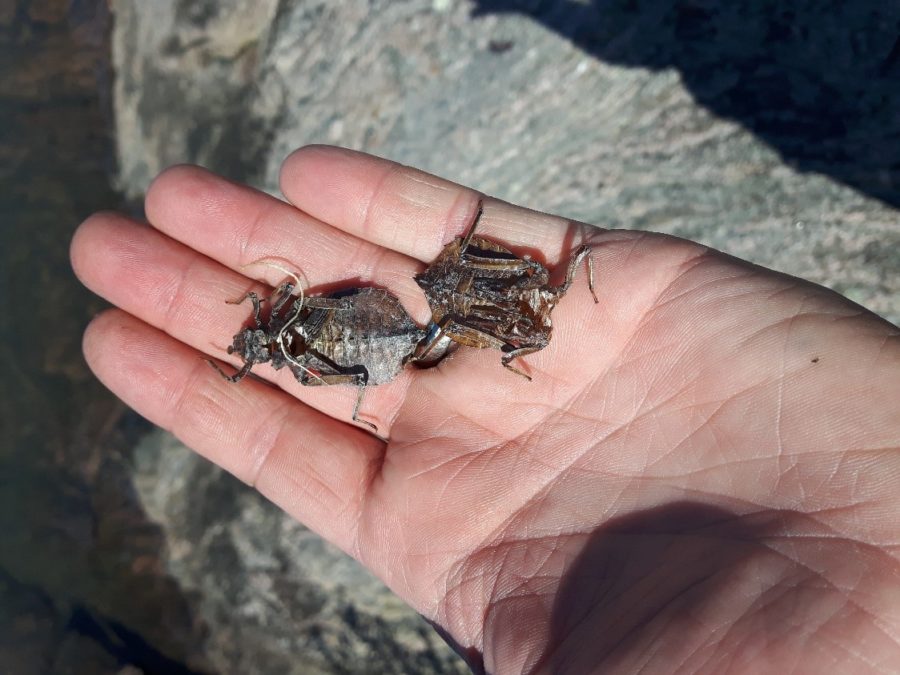
Suites of invasive species alter whole habitats, reducing biodiversity. Vast areas are covered over with concrete, meaning rain water flows off, quickly leading to flooding and erosion.
I could go on.
Often, one negative impact on the landscape brings on another and another.
If you didn’t like the Leopold quote above, how about one from Gord Downie:
“See when it starts to fall apart, Man, it really falls apart.”
Your parks are not only places to visit and enjoy
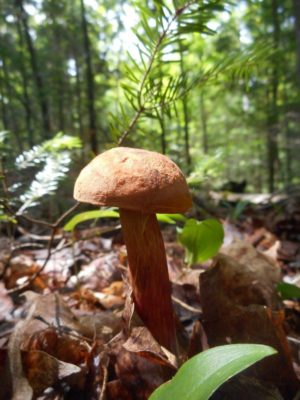
It turns out they do things for you even when you aren’t there.
Our protected landscapes:
- produce oxygen
- prevent erosion
- protect drinking water in the headwaters of many rivers and lakes
- act as a refuge and source population for many kinds of wildlife to repopulate neighboring areas
And those are just a few examples.
Maintaining ecological integrity on our landscape is a challenge
We’re trying to balance human activity in and use of our parks, while keeping them healthy so nature can survive there too.
This means that in many parks, we have areas especially for people, like campgrounds, beaches and hiking trails. But we also maintain other areas that have no access at all – strictly for nature.
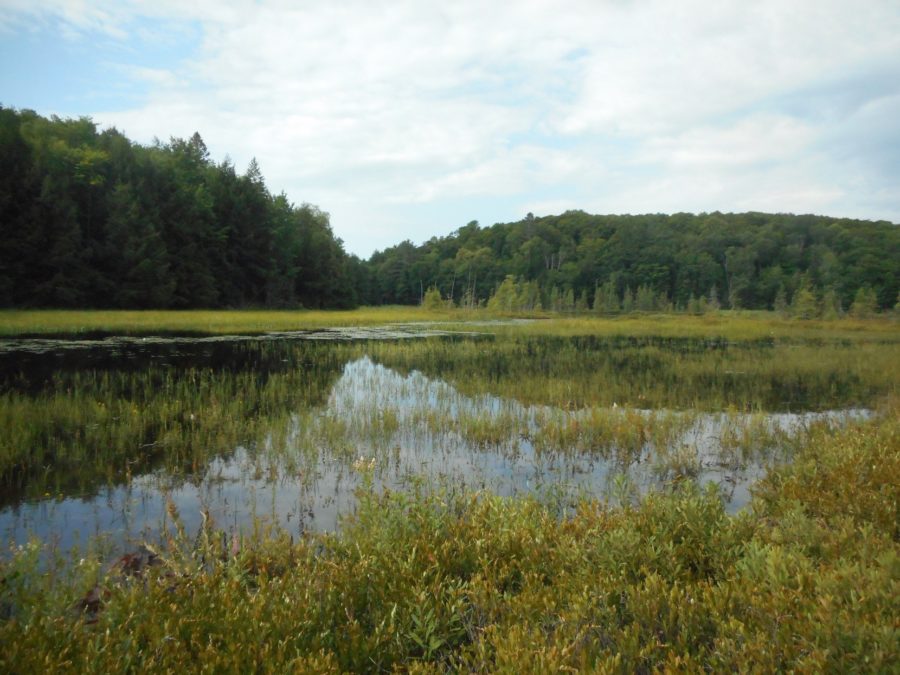
You will know EI on our landscape when you see healthy native plants and animals, clean water that flows naturally through a landscape, and natural land that supports them.
Provincial parks protect pristine places that look like no one has ever visited before.
How does Ontario Parks care for the landscape?
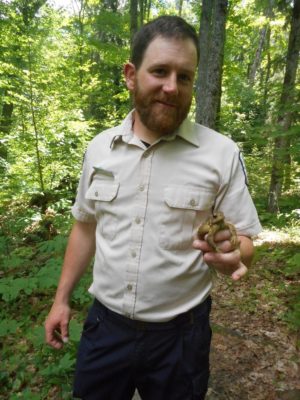
In a park with heavy human activity, it might mean removing invasive species from a small patch of rare habitat or carefully building a boardwalk to prevent the trampling of a sensitive habitat.
In a wilderness park with lots of intact habitat, it might mean doing almost nothing – leaving nature to carry on its own processes.
The processes can be as dramatic as not controlling an outbreak of native insects that defoliate an entire forest, or even letting a forest fire burn after a lightning strike, allowing the forest to regenerate naturally, creating new habitats.
Other examples of EI work in parks can include:
- conducting environmental assessments when planning the construction of a new park building, and working to limit the impact on the environment
- ensuring that any equipment coming from outside the park is clean and free of weed seeds (it is much easier to prevent the arrival of an invasive species than trying to eradicate it once it’s established)
- thinning an unnatural Red Pine plantation to allow the natural regeneration of vegetation
- not raking or grooming a beach; a natural shoreline is home to specialized plants and animals
- banning live baitfish to prevent the spread of non-native fish and diseases
- removing an unnecessary dam to restore a natural water level or shoreline, or on the flip side, maintaining a dam to prevent the spread of invasive species
It takes all of us to protect nature
No person (or park) is an island. We are all connected, and what happens in one place matters in another.
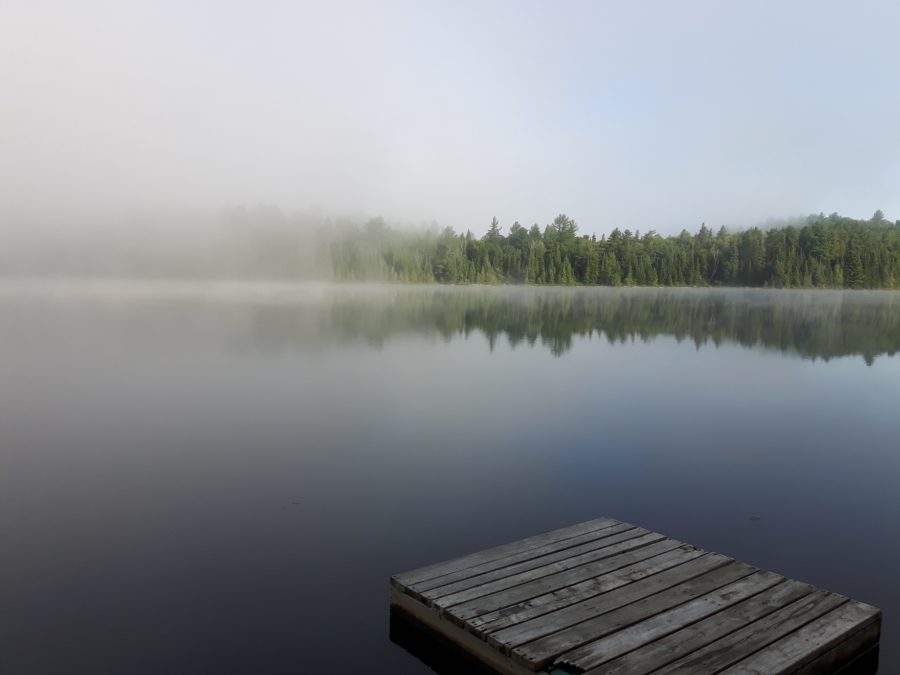
None of these special places are isolated and kept safe in a jar in perpetuity. It takes work. Parks staff work hard to maintain EI, but we need your help.
Remember: each of these places is special. There is only one Wasaga Beach Provincial Park, or Wabakimi Provincial Park, or Wheatley Provincial Park.
Want to help protect our parks?
If you’re like me and love our parks, there are a few easy things you can do to help protect our natural spaces:
- make sure your boots and tent are free of mud and invasive plant seeds when going to one park then another
- don’t use soaps in the lake (this can feed algae, leading to potentially dangerous algal blooms)
- don’t move firewood; buy it where you burn it. Many serious forest pests are easily transported this way
- drive slowly and carefully on park roads, keeping a close eye for crossing wildlife
- don’t cut vegetation from your campsite
- don’t remove natural objects like rocks, plants, animals, wood, bones, antlers and more from a park – nature needs those
- report observations of wildlife to a park office or to citizen science platform like eBird, iNaturalist, or the Ontario Reptile and Amphibian Atlas. Sharing this information gives a better idea of what lives in our parks, and the more we know, the better we can protect it
Inspired to help protect our parks’ EI? Check out our Ecological Integrity Archives!
